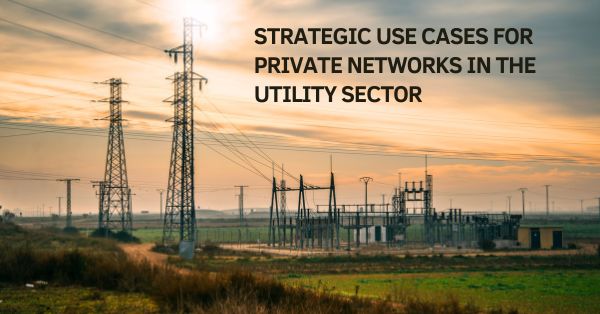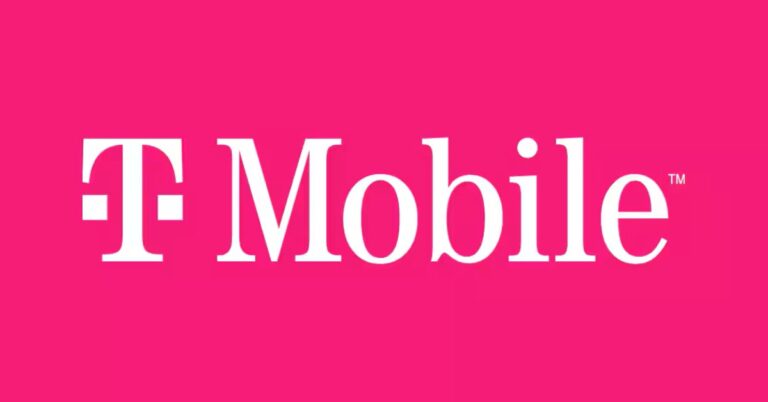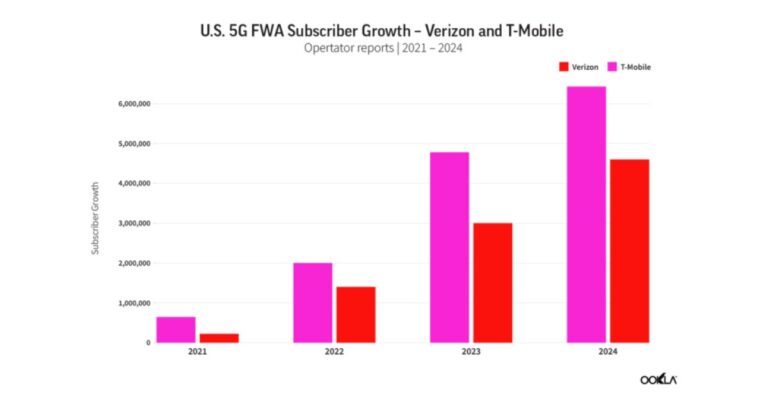Private networks do more than connect devices — they enable entirely new operational paradigms for utilities. As utility operations become increasingly digital and decentralized, the demands on communication networks are growing exponentially. From safety-critical applications like teleprotection to high-bandwidth tasks like drone surveillance, private LTE and 5G networks offer utilities the agility, control, and performance required to support a wide range of mission-critical and innovative use cases.
In this second installment of the Connected Utilities blog series, we examine the most impactful and emerging use cases where private cellular infrastructure is redefining how utilities manage, monitor, and maintain their assets and operations.
Mission-Critical Utility Operations Use Cases Enabled by Private Networks
Across the utility landscape, core operational functions demand uncompromising network performance. Whether it’s managing grid reliability, automating substations, or streamlining outage recovery, utilities must depend on highly resilient and deterministic connectivity. Private networks step into this role by enabling dedicated, ultra-reliable communication links — untethered from the limitations of public infrastructure — while offering the flexibility to scale as operational needs evolve.
1. Advanced Metering Infrastructure (AMI) AMI is a foundational pillar of smart grid transformation. By enabling two-way communication between utility companies and customer endpoints, AMI systems allow for the automation of meter readings, early detection of energy theft or tampering, and granular load forecasting. These capabilities enhance billing accuracy, improve customer service, and support demand-side energy management. Private networks provide the necessary medium-range coverage and low-latency data transmission required to manage high device density environments cost-effectively, with full data sovereignty and predictable performance at scale.
2. Substation Automation Substation Automation is another critical area where private networks shine. Modern substations are embedded with intelligent electronic devices (IEDs) and require real-time communication with supervisory control and data acquisition (SCADA) systems. Private LTE and 5G networks, with latency requirements under 100 milliseconds and deterministic performance characteristics, allow for fast fault detection, voltage regulation, and secure remote operations. These capabilities reduce manual interventions, enhance safety, and improve grid reliability.
3. FLISR (Fault Location, Isolation, and Service Restoration) FLISR technologies are transforming how outages are handled by enabling the rapid identification and sectionalization of faults. Instead of dispatching crews to locate the issue, the system automatically reroutes power and restores service within seconds. This process depends on ultra-low latency (sub-10 ms) and highly redundant communication paths — precisely what private networks deliver through localized processing and assured bandwidth for critical applications.
4. Teleprotection Teleprotection is perhaps the most latency-sensitive use case in utility environments, requiring millisecond-level signaling to prevent equipment failure and cascading blackouts. Traditional public networks cannot guarantee this level of performance. Private networks, by contrast, allow for the creation of dedicated, deterministic network slices that ensure teleprotection messages are prioritized and delivered reliably, safeguarding the integrity of grid operations.
5. Drone-Based Aerial Inspections Drone-Based Aerial Inspections are becoming standard practice for monitoring hard-to-reach assets like transmission lines, substations, and offshore wind turbines. These drones rely on high uplink bandwidth to transmit real-time video and telemetry to control centers. Private networks provide the mobile coverage and low-latency connectivity needed to support AI-driven inspections, fault detection, and preventative maintenance workflows.
6. Environmental Monitoring and Leak Detection Environmental Monitoring and Leak Detection are also gaining traction as regulatory compliance and sustainability become top priorities. Utilities are deploying a mix of low-power wide area (LPWA) sensors and high-definition cameras to monitor emissions, detect gas or water leaks, and assess environmental impact. Private networks offer a robust backbone for transmitting both low-frequency sensor data and bandwidth-heavy video streams, enabling rapid, automated response to anomalies.
Workforce & Field Operations Use Cases Enabled by Private Networks
In addition to core infrastructure, utilities must ensure that frontline workers and field operations are fully connected and equipped to act quickly, safely, and effectively. Private networks are playing an increasingly vital role in supporting mobile workforces, facilitating remote diagnostics, enabling immersive training, and improving collaboration across teams and departments spread over wide service territories.
7. Mobile Workforce Enablement Mobile Workforce Enablement is transforming how field crews operate. Tablets, wearables, and AR/VR devices allow workers to access schematics, conduct diagnostics, and receive remote support without returning to a central office. These workflows depend on wide-area, high-throughput wireless access with secure device authentication capabilities ideally suited to private LTE and 5G networks. The result is faster job completion, improved safety, and reduced operational costs.
8. Push-to-Talk (PTT) and Mission-Critical Voice Push-to-Talk (PTT) and Mission-Critical Voice communications remain essential, especially during emergencies. Private networks ensure low-latency, high-reliability voice channels that integrate with SCADA alarms and geofenced triggers. These systems enable instant communication between dispatchers, engineers, and first responders, ensuring coordination even when public networks are congested or unavailable.
9. Asset Tracking and Inventory Management Asset Tracking and Inventory Management are key to maintaining operational efficiency. Using GPS-enabled sensors and periodic updates over the network, utilities can track the real-time location of vehicles, transformers, tools, and other assets. Private networks provide a secure, resilient platform for managing this telemetry, reducing theft, minimizing loss, and ensuring that equipment is in the right place at the right time.
Next-Generation Utility Applications Powered by Private Networks
As utilities mature their digital capabilities, they are beginning to explore next-generation applications that extend beyond traditional operations. These innovations — from digital twins and augmented reality to edge AI, represent the next frontier of utility performance. Private networks act as enablers for these high-value use cases, providing the data integrity, real-time responsiveness, and network control required to support intelligent decision-making at scale.
10. Digital Twins and Simulation Platforms Digital Twins and Simulation Platforms represent a cutting-edge evolution in utility operations. These platforms create virtual replicas of physical infrastructure, enabling utilities to simulate grid behavior, test operational changes, and train staff in real-time environments. Private networks ensure these simulations are fed with accurate, real-time data from the field, maintaining fidelity and responsiveness.
11. AR/VR for Training and Remote Support AR/VR for Training and Remote Support introduces immersive environments for skills development and troubleshooting. Utility personnel can visualize infrastructure, run safety drills, or receive real-time guidance from remote experts via wearable devices. Private 5G’s low latency and high throughput make these use cases viable in the field, rather than being confined to centralized training centers.
12. Edge AI and Predictive Maintenance Edge AI and Predictive Maintenance represent the future of asset management. By embedding AI at the network edge — near substations, transformers, or field nodes, utilities can detect anomalies, predict failures, and initiate corrective actions without relying on cloud connectivity. Private networks facilitate this by offering localized processing, minimal latency, and secure transport for sensitive data.
Private networks are no longer just about cutting wires or avoiding public traffic. They are unlocking powerful new capabilities that help utilities become more agile, autonomous, and intelligent. As use cases expand, the utility sector’s digital evolution will increasingly depend on the performance, reliability, and customization offered by private LTE and 5G.
In the next blog in the Connected Utilities series, we will explore key trends accelerating private network adoption across the utility industry — from climate mandates to cybersecurity threats and the aging grid challenge.
Explore More from the Connected Utilities Series
Continue your learning journey with our full Connected Utilities blog series:
- Why Utilities Are Investing in Private Networks to Power the Digital Grid
- Strategic Use Cases for Private Networks in the Utility Sector
- Trends Accelerating Private Network Adoption in the Utility Sector
- Deployment Architectures and Spectrum Strategies for Utility Private Networks
- Edge Computing and AI for Predictive Utility Operations
- Governance and Lifecycle Management of Utility Private Networks
- Partner Ecosystems for Scaling Utility Private Networks
- Sustainability and ESG Drivers for Private Networks
- Monetization and Shared Use Models for Utility Private Networks
- Cybersecurity and Zero Trust for Utility Private Networks
- Future Roadmap – 5G Advanced and the AI-Driven Grid
Strengthen Your Utility Private Network Strategy
Assess your grid’s 5G readiness with our industry-specific tool, uncover gaps, and get clear, executive-ready insights to plan and deploy with confidence. Check Readiness & Premium Plans
























